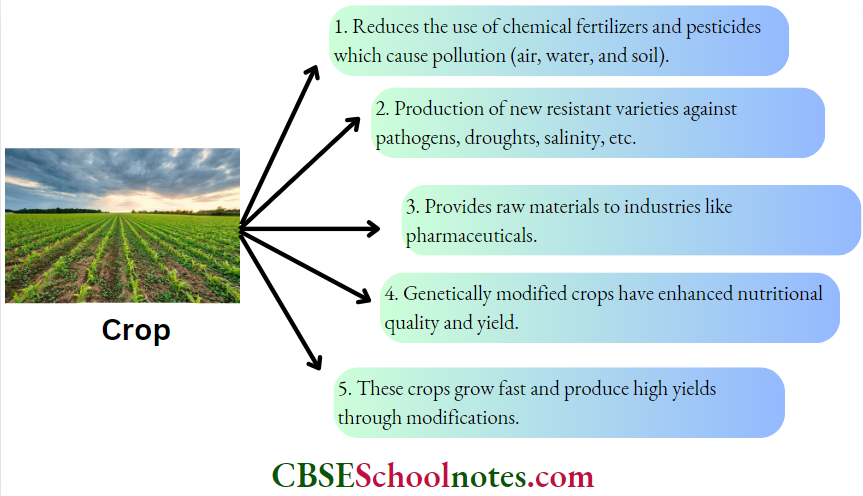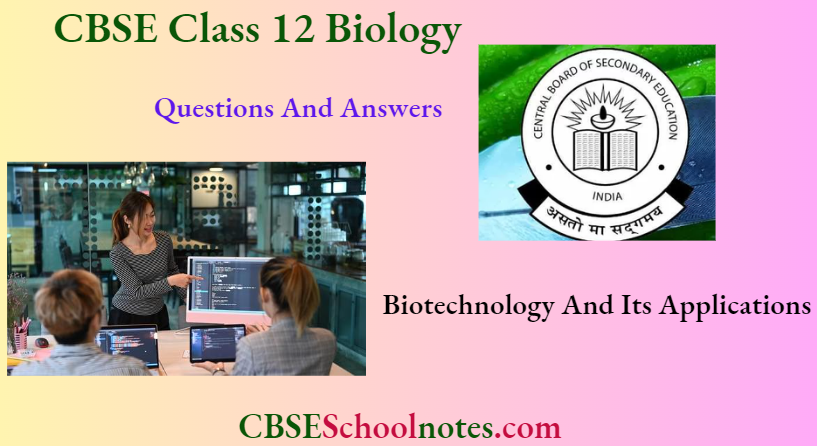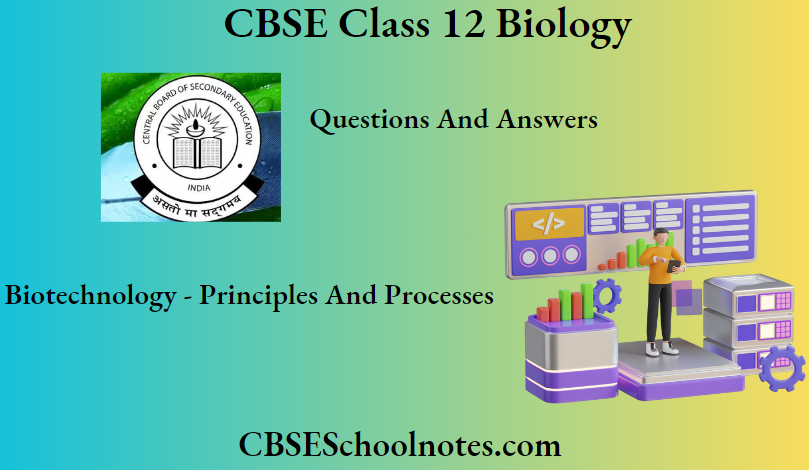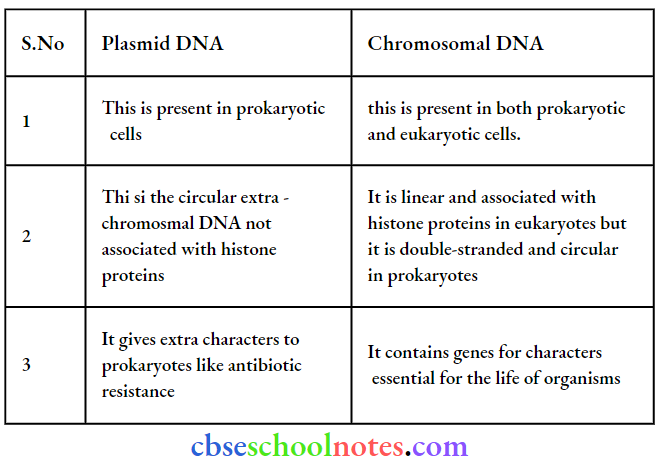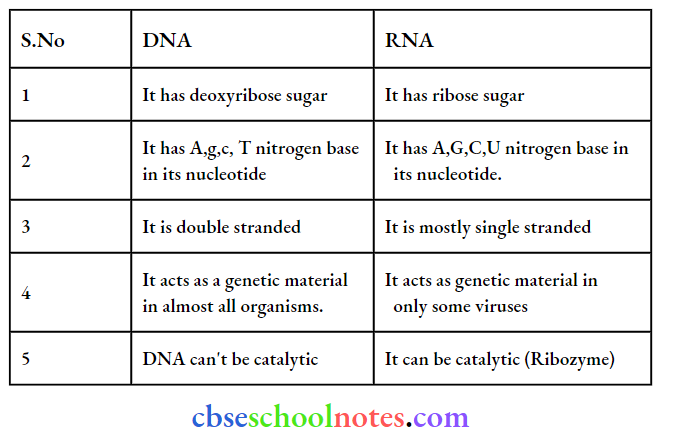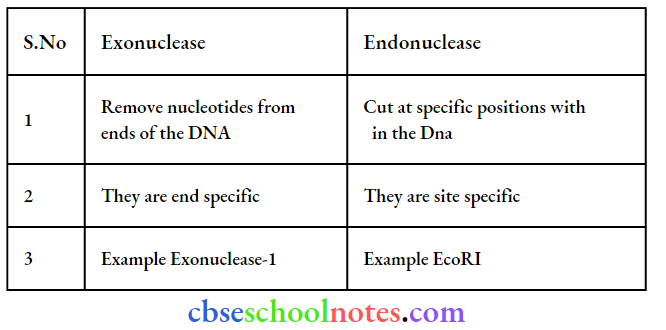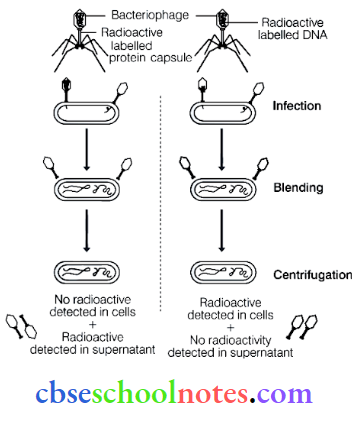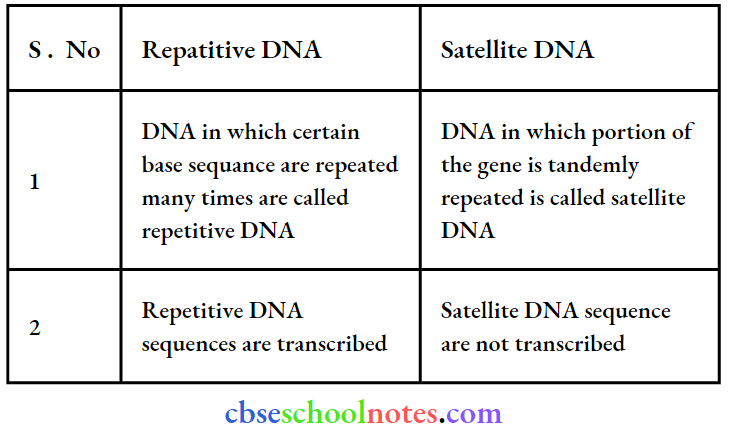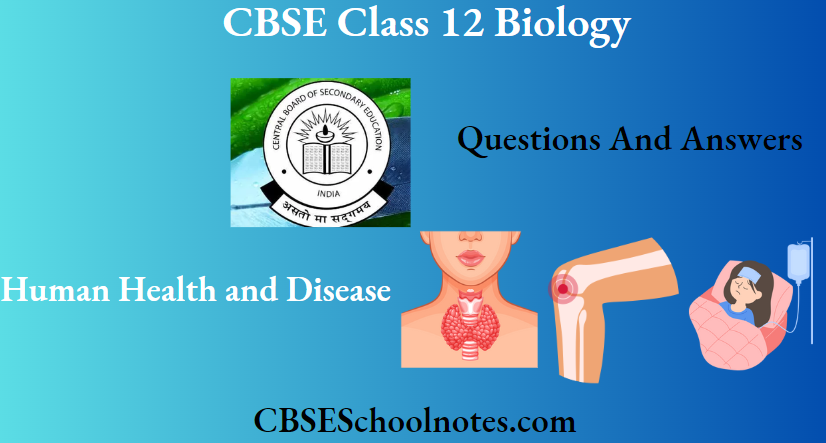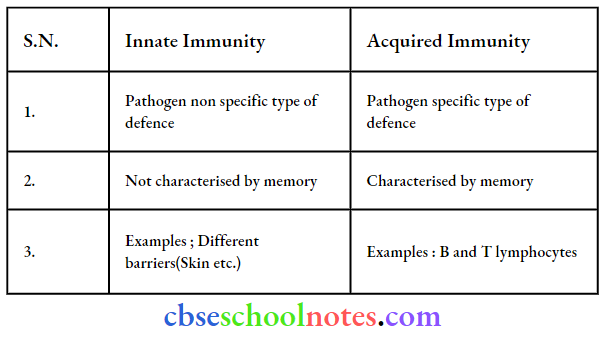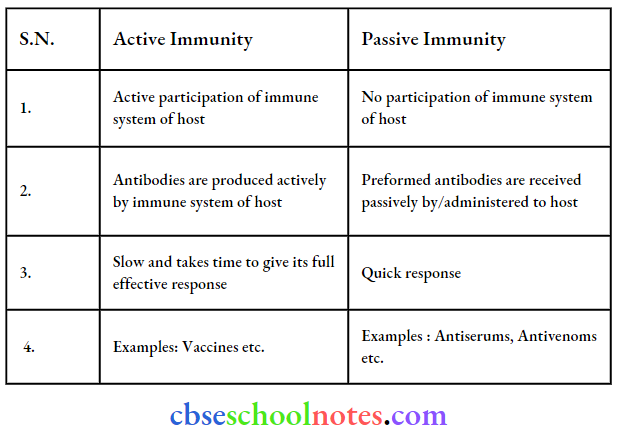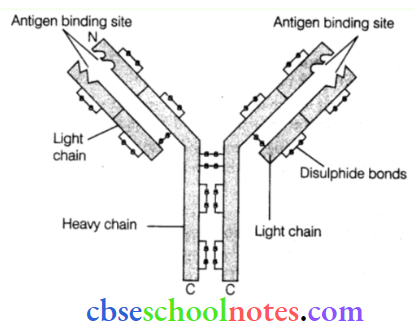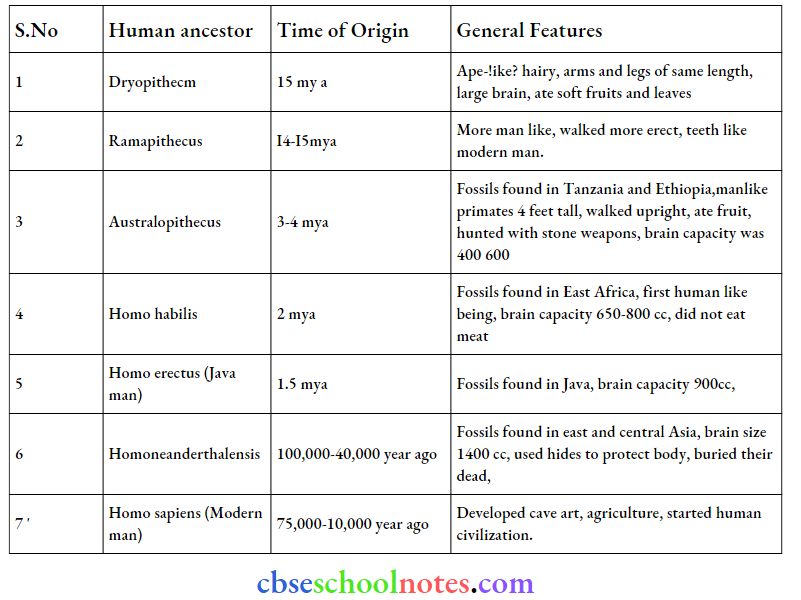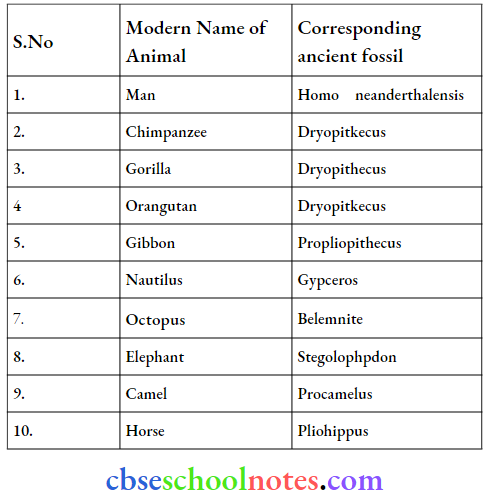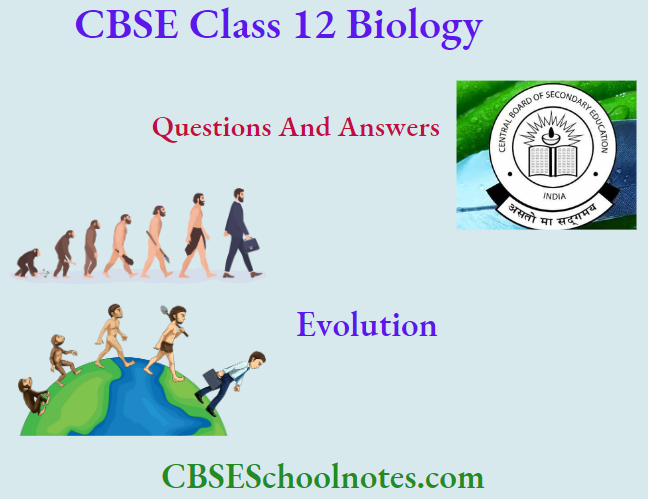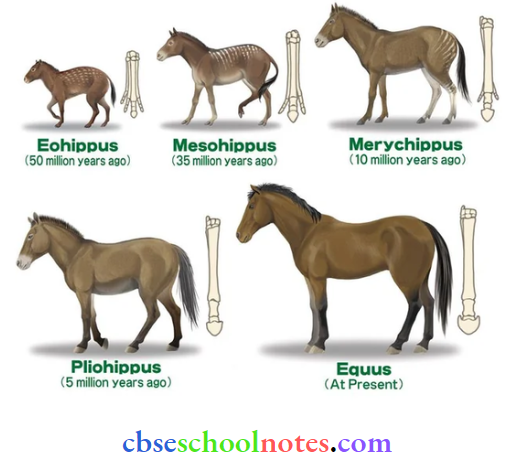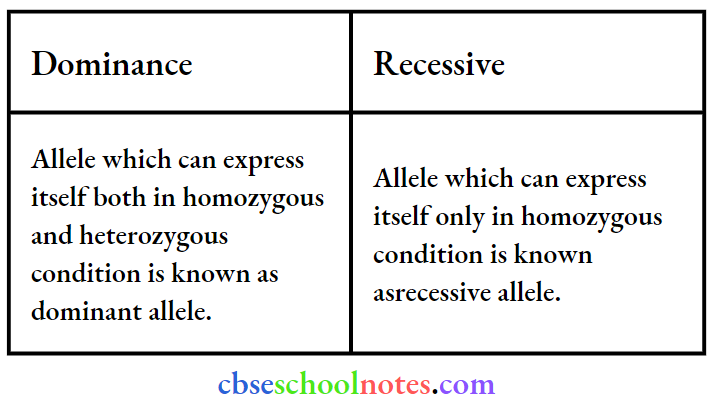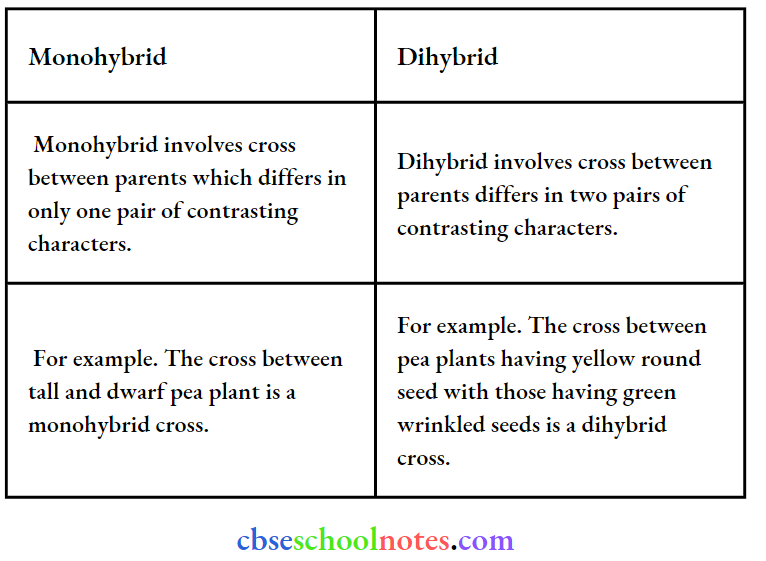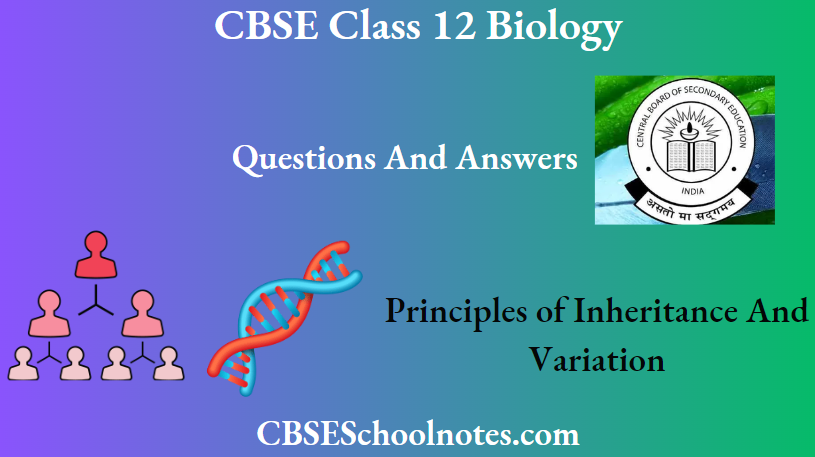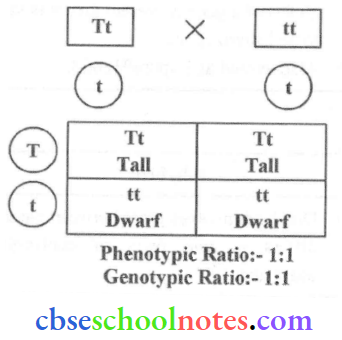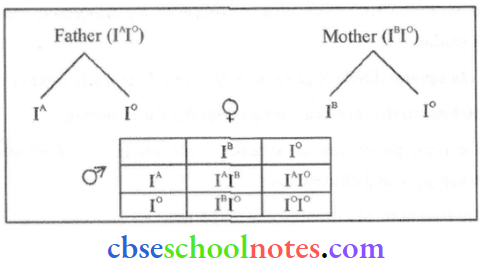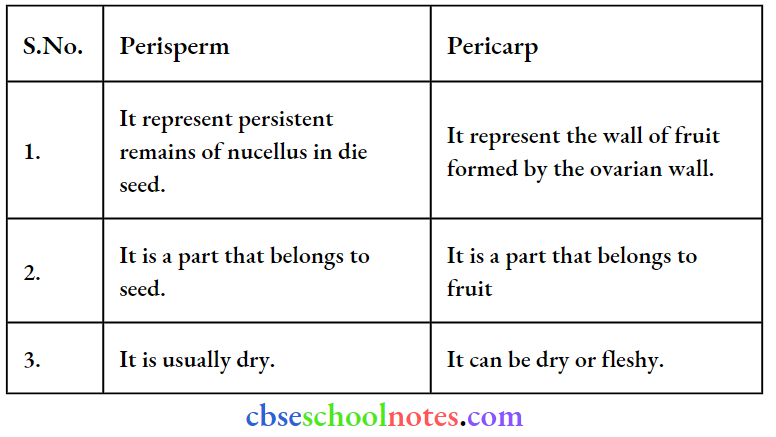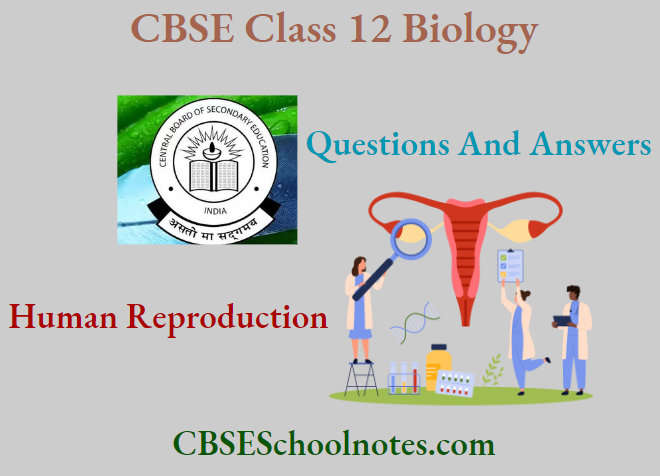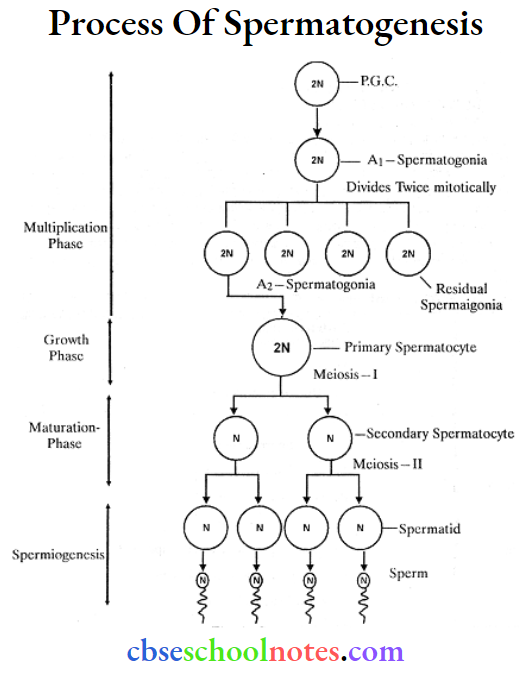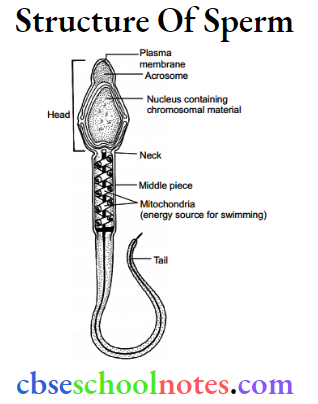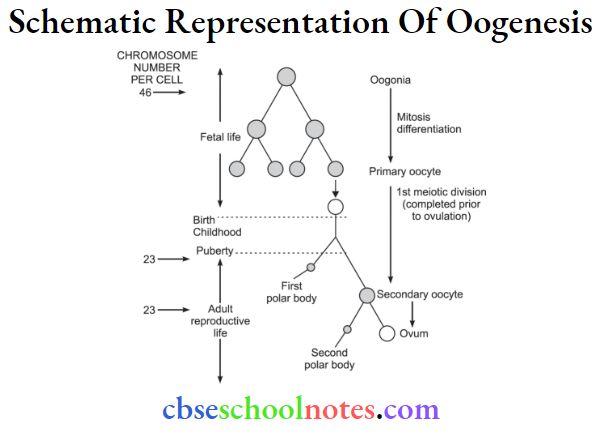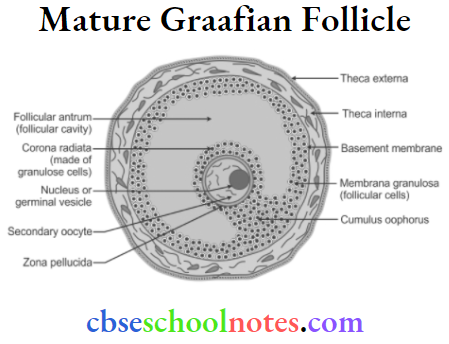Organisms And Populations Question And Answers
Question 1. List the attributes that populations possess but not individuals.
Answer:
The attributes that populations but not individuals possess are:
- Population density
- Mortality or death rate
- Population growth
- Natality or birth rate
- Age distribution
- Sex ratio
Question 2. If a population growing exponentially doubles in size in 3 years, what is the intrinsic rate of increase (r) of the population?
Answer:
t = \(\frac{\log ^2 N}{r}\)
r= \(\frac{\log ^2 N}{t}\)
= \(\frac{0.7931}{3}\)
= 0.2643
The intrinsic rate of increase 0.2643 * 100 = 26.43%
Question 3. Name important defence mechanisms in plants against herbivory.
Answer:
Leaves modified into thorns, development of spiny margins on the leaves. Many plants produce and store chemicals that make the herbivore sick
Example: Calotripis produces highly poisonous cardiac glycosides. Some other chemical substances like nicotine, quinine, opium, etc are produced by plants and provide defence against grazing animals.
Question 4. An orchid plant is growing on the branch of the mango tree. How do you describe this interaction between the orchid and the mango tree?
Answer:
The interaction between an orchid and the mango tree is commensalism because the orchid is benefited from getting shelter from the mango tree whereas the mango tree is neither harmed nor benefited.
Read and Learn More Class 12 Biology Chapter Wise
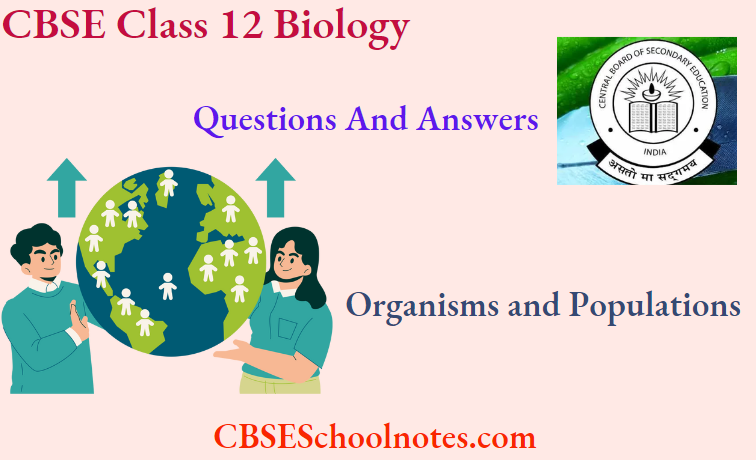
Question 5. What is the ecological principle behind the biological control method of managing pest insects?
Answer:
The ecological principle operating in the biological control method of managing pest insects is checking their population through predators and parasites.
Question 6. Define population and community,
Answer:
Population: Groups of individuals of the same species, which can reproduce among themselves and occupy a particular area in a given time.
Community: Groups of organisms of different species that live in common areas, which are interrelated and interdependent. It is a natural aggregation of plants and animals in the same environment.
Question 7. Define the following terms and give one example for each:
- Commensalism
- Parasitism
- Camouflage
- Mutualism
- Interspecific competition.
Answer:
- Commensalism: It is an interaction between two different species where one is benefited, and the other remains unaffected.
- Example: Clownfish and sea anemone. Here, the clownfish gets protection from predators which stay away from the stinging tentacles of anemones but sea anemones do not derive any benefit from fish.
- Parasitism: It is an interaction between two organisms in which one is benefited, and the other is harmed, i.e. one organism lives at the cost of another organism.
- Example: Cuscuta, a parasitic plant that is found growing on hedge plants, does not have chlorophyll and thus derives its nutrition from the host.
- Camouflage: It is a phenomenon of blending an organism with the surroundings due to similar colour, marking, and shape to avoid predators.
- Example: Common tree frog, Giant leaf insect.
- Mutualism: Positive interspecific interaction in which members of two different species completely depend on each other for growth and survival.
- Example: Lichen (association between algae and fungi). Here, fungi help in the absorption of nutrients and water, while the algal partner manufactures food.
- Interspecific competition: It is the competition among the members of different species for limited natural resources.
- Example: The Abingdon tortoise in the Galápagos Islands became extinct within a decade after goats were introduced on the Island, apparently due to the greater browsing efficiency of the goats.
Question 8. With the help of a suitable diagram, describe the logistic population growth curve.
Answer:
Logistic growth :
- The resources become limited at a certain point in time, so no population can grow exponentially.
- This growth is more realistic.
- The maximum number of individuals of a particular species in a habitat that is allowed by nature is called carrying capacity (K).
- When N is plotted about time t, the logistic growth shows a sigmoid curve also called Verhulst-Pearl logistic growth.
It is given by the following equation:
⇒ \(\frac{\mathrm{dN}}{\mathrm{dt}}=\mathrm{rN}\left[\frac{\mathrm{K}-\mathrm{N}}{\mathrm{N}}\right]\)
Where
N = population density at time
r = intrinsic rate of natural increase
K = carrying capacity

The graph shows the lag phase, followed by phases of acceleration and deceleration and finally an asymptote when population density reaches the carrying capacity.
Question 9. Select the statement that explains the best parasitism.
- One organism is benefited.
- Both organisms benefit.
- One organism is benefited, the other is not affected.
- One organism is benefited, and another is affected.
Answer: 4. One organism is benefited, and another is affected.
One organism is benefited, and another is affected.
Question 10. List any three important characteristics of a population and explain.
Answer:
The three important characteristics of a population are as follows:
Population density: The population density of a species is the number of individuals of a species per unit area or volume.
PD= N/S Where – PD = Population density
N = Number of individuals in a region
S = Number of unit areas in a region.
Birth rate: It is expressed as the number of births per 1,000 individuals of pollution per year.
Death rate: It is expressed as the number of deaths per 1,000 individuals of pollution per year.

